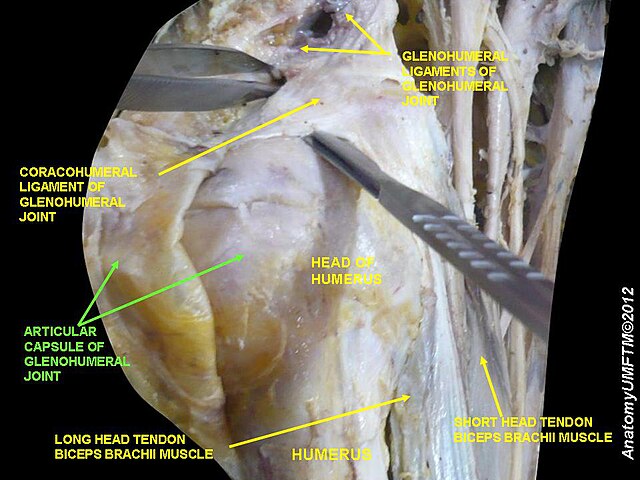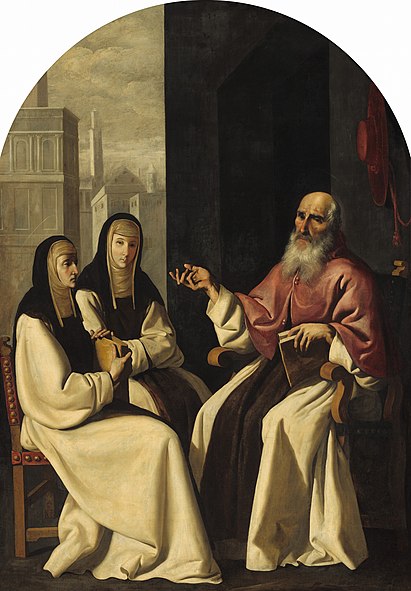We just learned how to
Count to ten in Greek.
The Greek alphabet has some letters that look a lot like the English alphabet, but other's don't.
Like the letter a (alpha) looks kind of like the letter a, and the letter b (beta) looks like the letter b.
The word "alphabet" even comes from the greek letters alpha and beta!
Just like English, some of the upper and lower case letters look different.
Α, α (alpha) - Sounds like "ah"
Β, β (beta) - Sounds like the letter "b"
Γ, γ (gamma) - sounds like the letter "g"
Δ, δ (delta) - Sounds like the letter "d"
Ε, ε (epsilon) - Sounds like "ay"
Ζ, ζ (zeta) - Sounds like the letter "z"
Η, η (eta) - Sounds like "ee" or "eh"
Θ, θ (theta) - Sounds like "th"
Ι, ι (iota) - Sounds like "ee"
Κ, κ (kappa) - Sounds like the letter "k"
Λ, λ (lambda) - Sounds like the letter "l"
Μ, μ (mu) - Sounds like the letter "m"
Ν, ν (nu) - Sounds like the letter "n"
Ξ, ξ (xi) - Sounds like "ks"
Ο, ο (omicron) - Sounds like "oh"
Π, π (pi) - Sounds like the letter "p"
Ρ, ρ (rho) - Sounds like the letter "r"
Σ, σ/ς (sigma) - Sounds like the letter "s"
Τ, τ (tau) - Sounds like the letter "t"
Υ, υ (upsilon) - Sounds like "oo" or "ee"
Φ, φ (phi) - Sounds like "ph"
Χ, χ (chi) - Sounds like "kh"
Ψ, ψ (psi) - Sounds like "ps"
Ω, ω (omega) - Sounds like "oh"

(from: wikipedia -
center for the greek language)
ASL alphabet:
A, B, C, D, E, F, G, H, I, J, K, L, M, N, O, P, Q, R, S, T, U, V, W, X, Y, Z
The
Italian alphabet looks the same as the English alphabet.
The German alphabet
has the letters ä, ö, ü, ß
The Spanish alphabet:
A, B, C, D, E, F, G
H, I, J, K, L, LL, M, N, Ñ
O, P, Q, R, RR, S, T, U
V, W, X, Y, Z
The French alphabet:
A, B, C, D, E, F, G
H, I, J, K, L, M, N
O, P, Q, R, S, T, U
V, W, X, Y, Z










